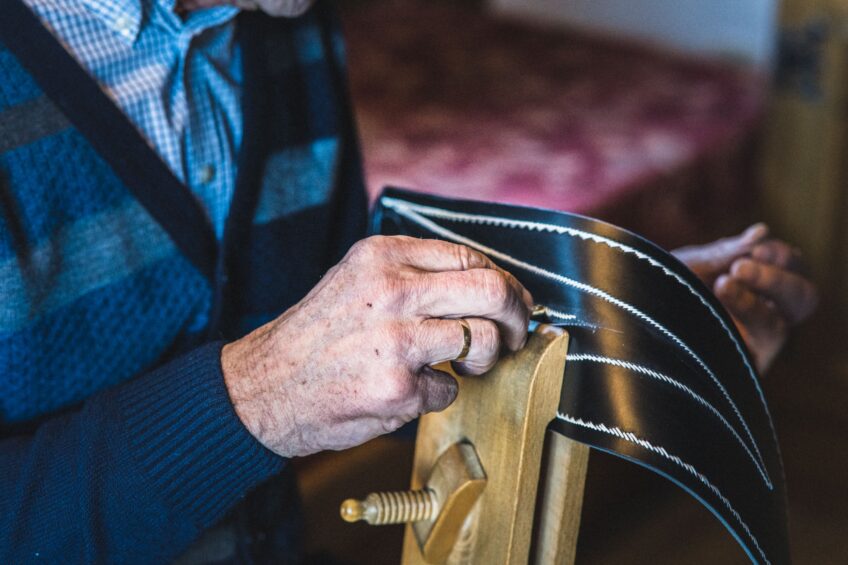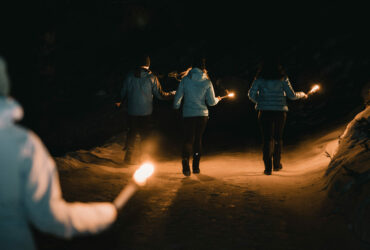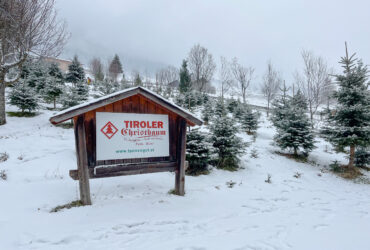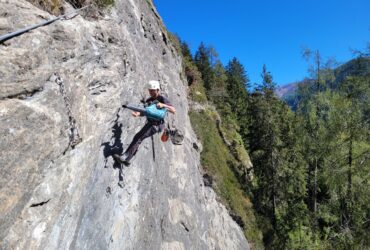Belt embroidery – traditional craft
Josef Fidler embroidered his first belt in 1991. A great deal of time has passed since then and Josef has now perfected the art of belt embroidery. He spends around 100 to 150 hours on each unique handmade piece.
The belt as part of the Wipptal men’s traditional costume
But what is an embroidered belt anyhow? The meticulously embroidered belt is an integral part of the traditional Wipptal men’s dress, along with the lederhosen, the red gilet and the green braces. The motif that is embroidered on the belt can vary between leaves, ornaments or even an eagle. The initials of the wearer and the year of production are usually also embroidered.
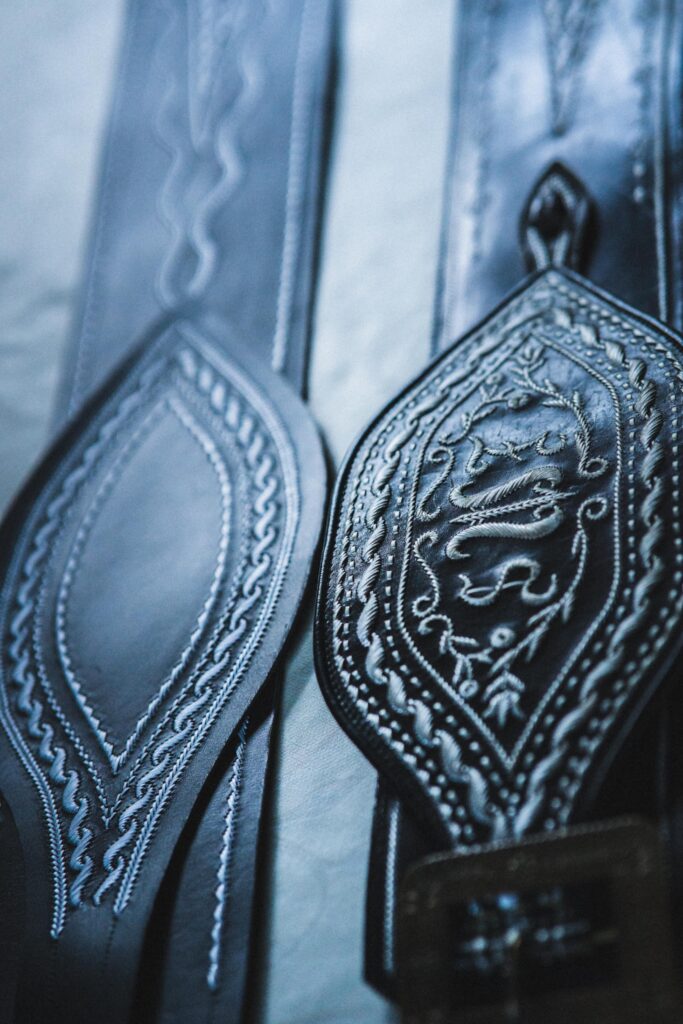
Old craft that not many people are able to master any more
When embroidering belts, it’s not only a steady hand that matters, but also the materials that are used. Josef uses cow’s neck leather from Pill for his belts, since this will form over again if the wrong hole is stitched. The way the item is embroidered depends on the wishes of the wearer. The cow neck leather is either embroidered with peacock quills or with plastic threads. There is a difference not only in the appearance but also in the workmanship. A quill is more delicate and not as white as its plastic equivalent. Likewise, quills are only available in the natural length of the peacock feather. This means that Josef needs approx. 150 quills for a belt.
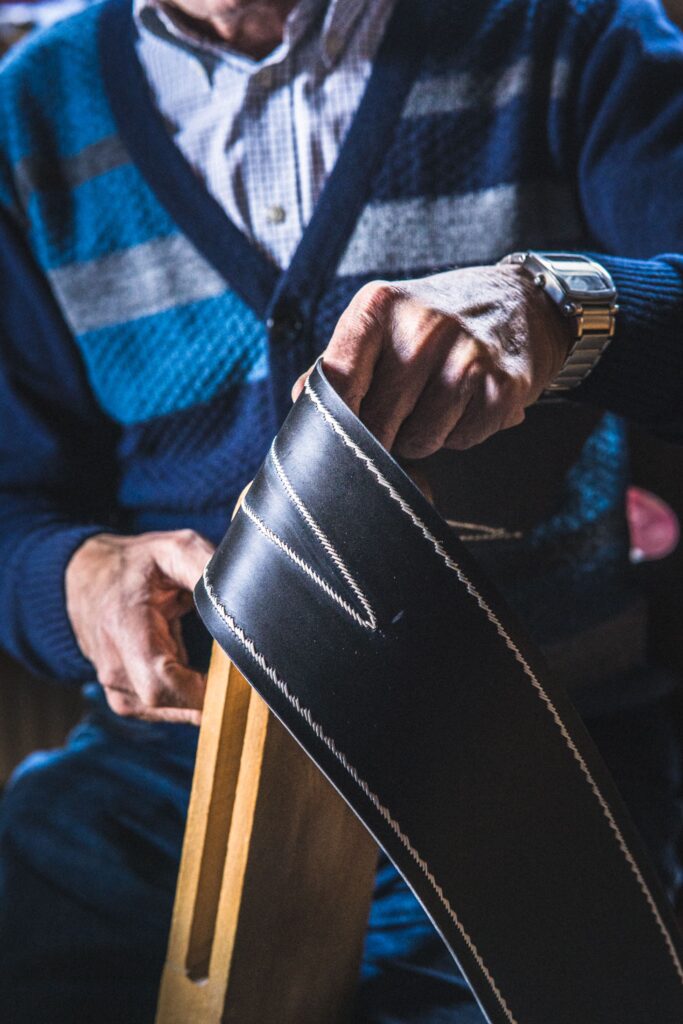
From start to finish – the individual production steps of the belt
Josef always embroiders from 5:00 to 6:30. He has set up a separate space in the attic for this purpose. To embroider, he clamps the leather in his own device and then works without a needle. Josef uses a pricker to pull the tip of the quill or the plastic thread through the leather. He uses this to pierce the marked spot and pushes the quill or the plastic thread through the hole that has been made.
When Josef is satisfied with the result, the last step for him is to finish the back of the belt. The ends of the quills or the plastic threads are already incorporated during the needlework, but they are covered with a second leather at the end. Josef uses nappa leather for this, since it is a very thin leather that does not bulk up.


